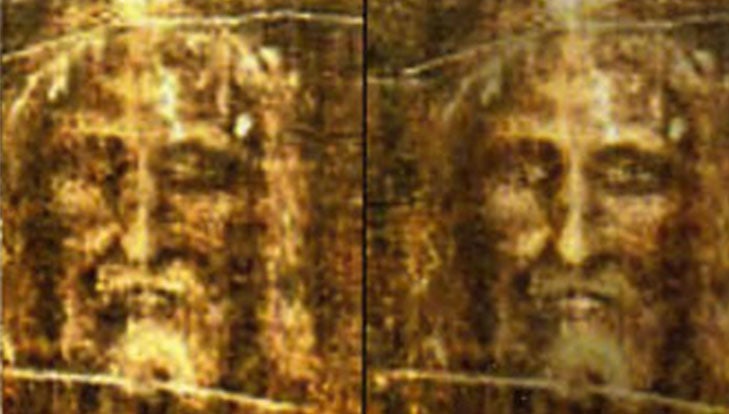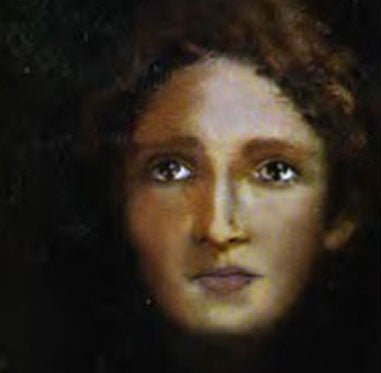Italian police 'reveal' what Jesus looked like as a young boy
Using the Turin Shroud, the supposed burial cloth of Jesus, police investigators have generated a photo-fit image from the negative facial image on the material

Your support helps us to tell the story
From reproductive rights to climate change to Big Tech, The Independent is on the ground when the story is developing. Whether it's investigating the financials of Elon Musk's pro-Trump PAC or producing our latest documentary, 'The A Word', which shines a light on the American women fighting for reproductive rights, we know how important it is to parse out the facts from the messaging.
At such a critical moment in US history, we need reporters on the ground. Your donation allows us to keep sending journalists to speak to both sides of the story.
The Independent is trusted by Americans across the entire political spectrum. And unlike many other quality news outlets, we choose not to lock Americans out of our reporting and analysis with paywalls. We believe quality journalism should be available to everyone, paid for by those who can afford it.
Your support makes all the difference.Detectives claim to have revealed how Jesus Christ looked as a child – based on computer forensics and the world’s most famous relic.
Using the Turin Shroud, the supposed burial cloth of Jesus, police investigators have generated a photo-fit image from the negative facial image on the material. And from this they reversed the ageing process to create an image of a young Jesus, by reducing the size of the jaw, raising the chin and straightening the nose.
The technique effectively reverses the method that Italian police use to generate current likenesses of criminals, including senior mob bosses, for whom new photo fit images are needed when they have been on the run for decades.
Such techniques were used to produce an image of Mafia boss of bosses Bernardo Provenzano, from a photo taken in 1959. Provenzano was eventually captured in 2006.

This image of Jesus as a young boy, and the methods used to create it, will be the subject of an upcoming programme on Italian television. But the exercise was done to mark the latest ostensione – a rare public display of the Shroud at Turin Cathedral.
The 14-foot-long sheet, made of herring-bone linen cloth, appears to show the front and back impression of a bearded man with long hair.
The body imprinted on the cloth appears to bear numerous injuries consistent with crucifixion, plus a gash in its side, consistent with the lance-wound suffered by Jesus.
It will be on public display for two months, with millions of visitors expected. Pope Francis is due to visit and pray before the relic on June 21.

The ingenuity of the Italian police is unlikely to dispel the doubts of the many regarding the veracity of the image on which their detective work was based, however.
Carbon dating tests reported in 1998 in the prestigious research journal Nature, appeared to spell curtains for Shroud wavers. The researchers estimated that the image was made between 1260 and 1390 – and therefore nothing more than a medieval hoax.
Believers countered with claims that the researchers had mistakenly tested modern inserts on the cloth, and said that other tests suggested it contained pollen grains from plants that could only be found in the Holy Land.
But just last month research by Matteo Borrini, a professor of forensic anthropology, now at John Moores University in Liverpool, and Luigi Garlaschelli at the University of Pavia, which was presented at a meeting of the American Academy of Forensic Sciences in Orlando, suggested the Shroud was a fake.
Based on Bloodstain Pattern Analysis, their experiments with a dummy to see which way the blood would have run from Crucifixion wounds and how they would have stained a burial cloth -- showed remarkably different staining from that on the Shroud.
The blood stains on the cloth bear no relation to the placement or to the type of marks caused by a crucifixion – or even the blood stains caused by a wounded body lying in the tomb, the researchers said.
Join our commenting forum
Join thought-provoking conversations, follow other Independent readers and see their replies
Comments